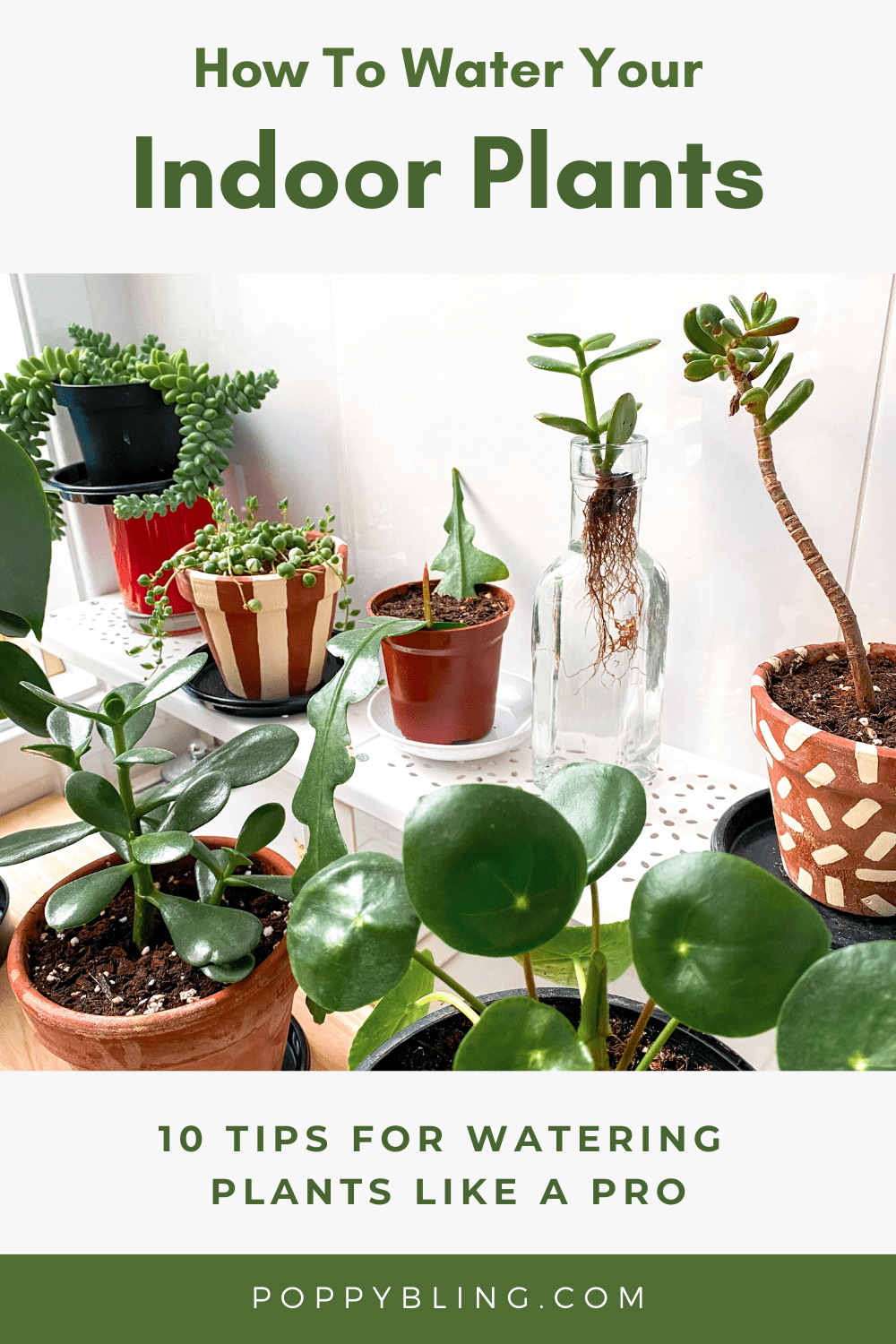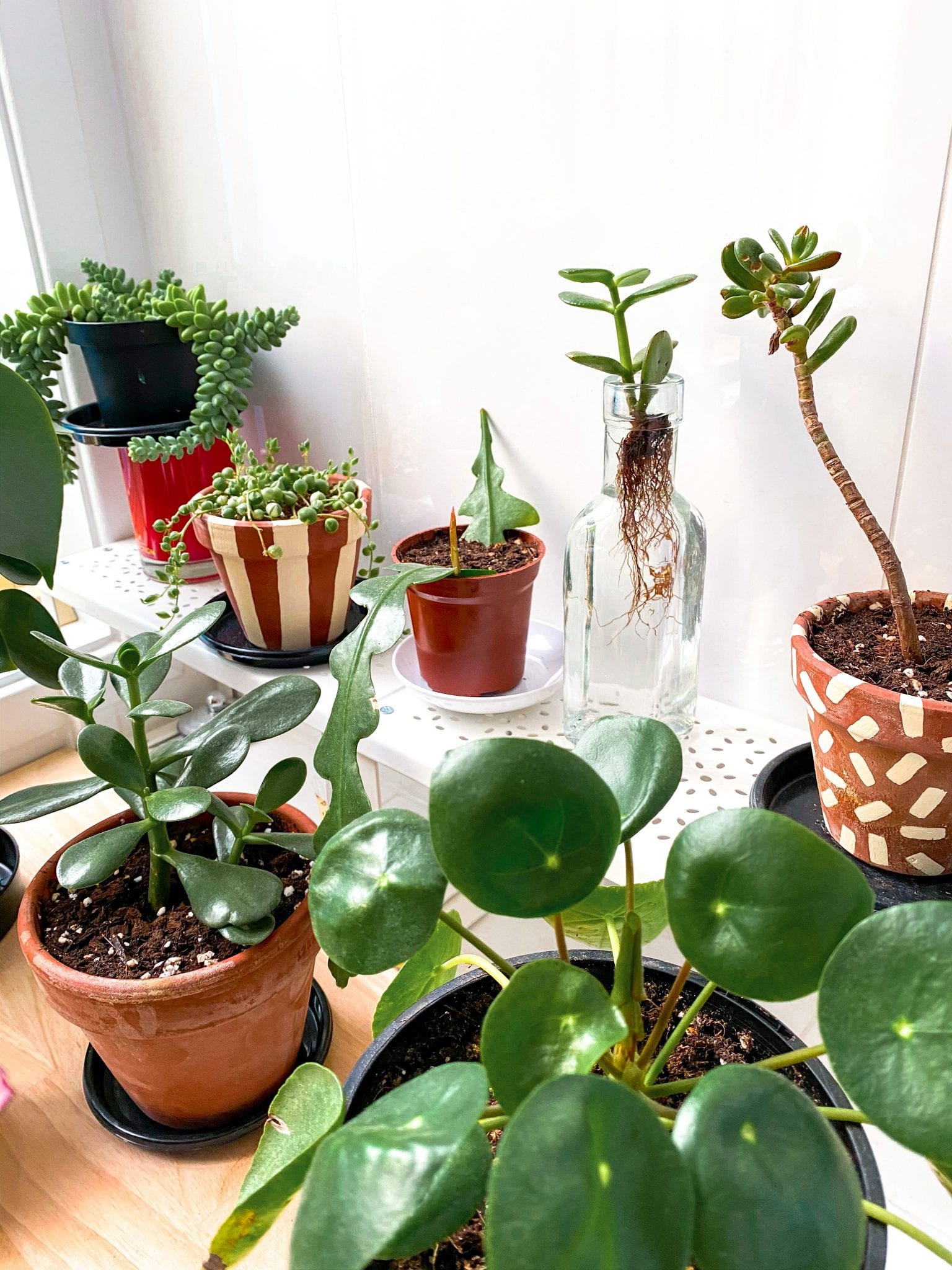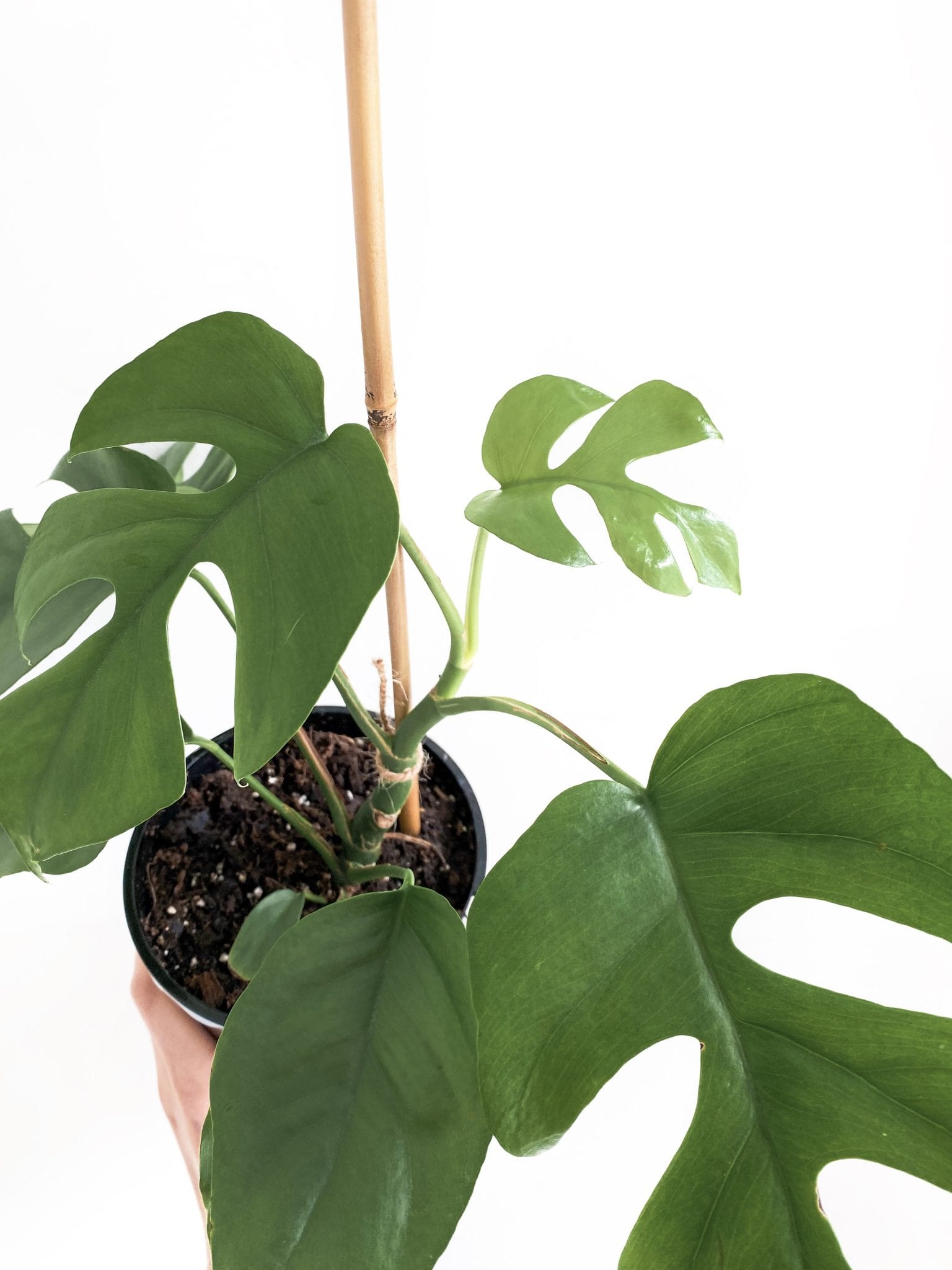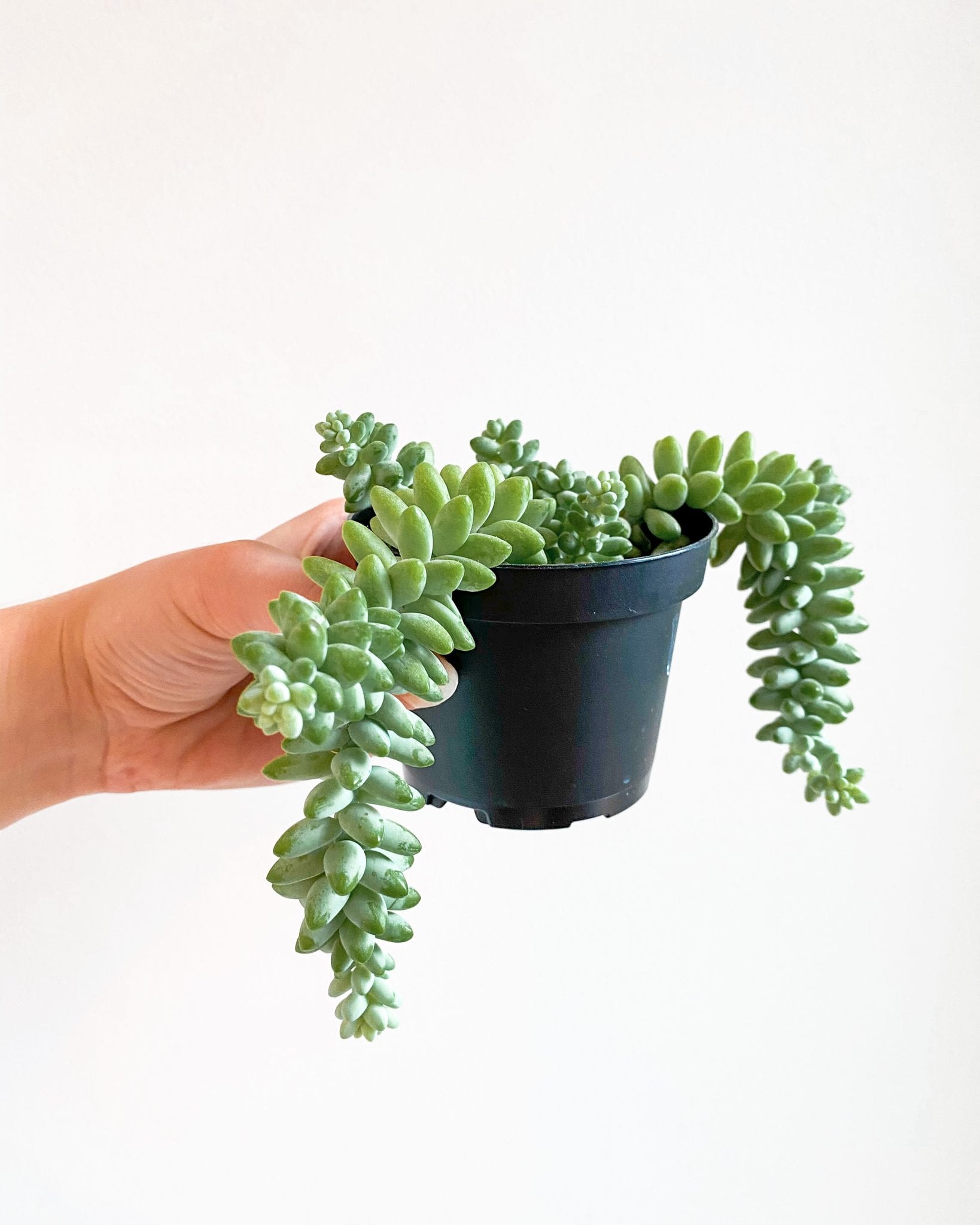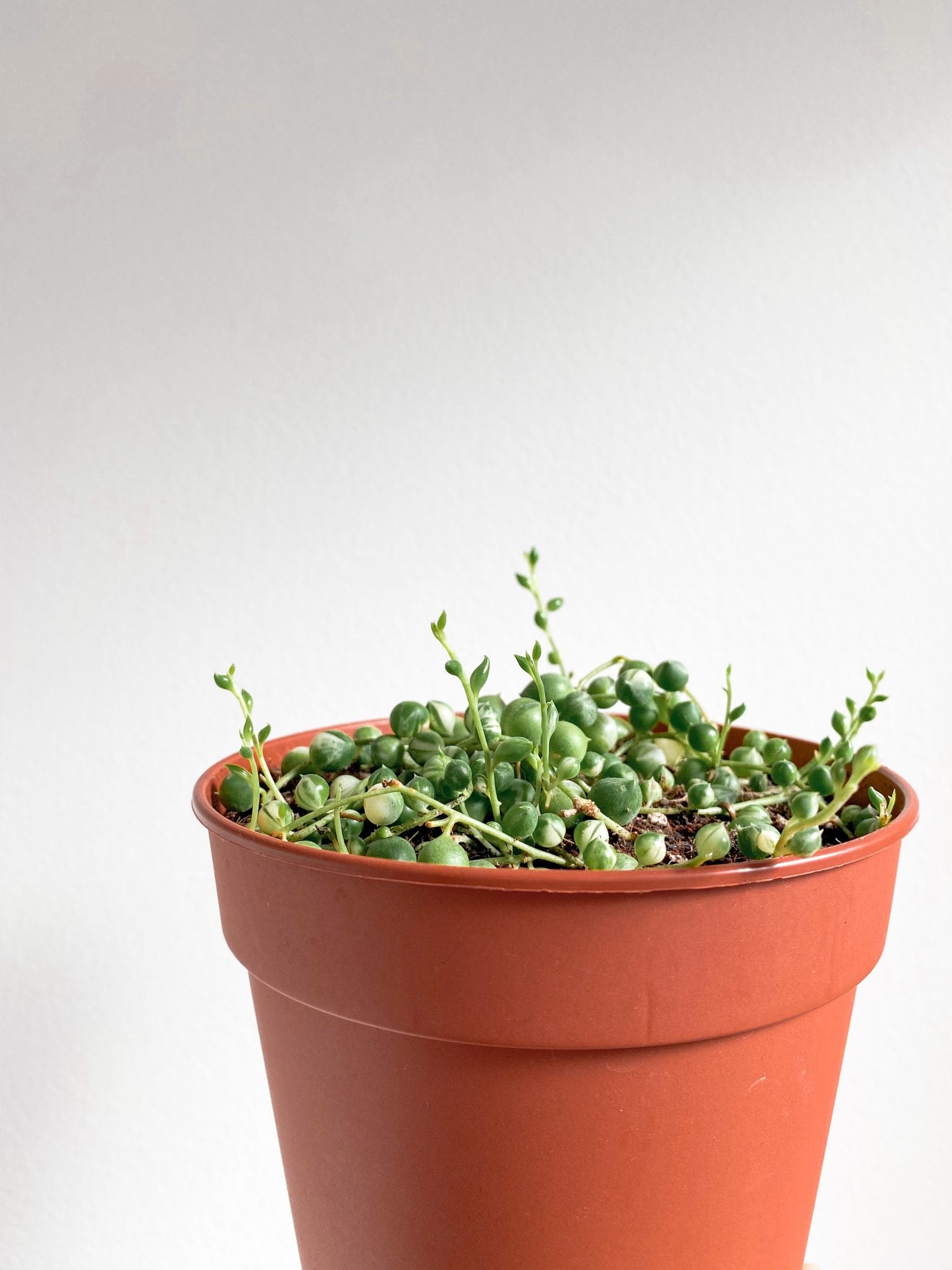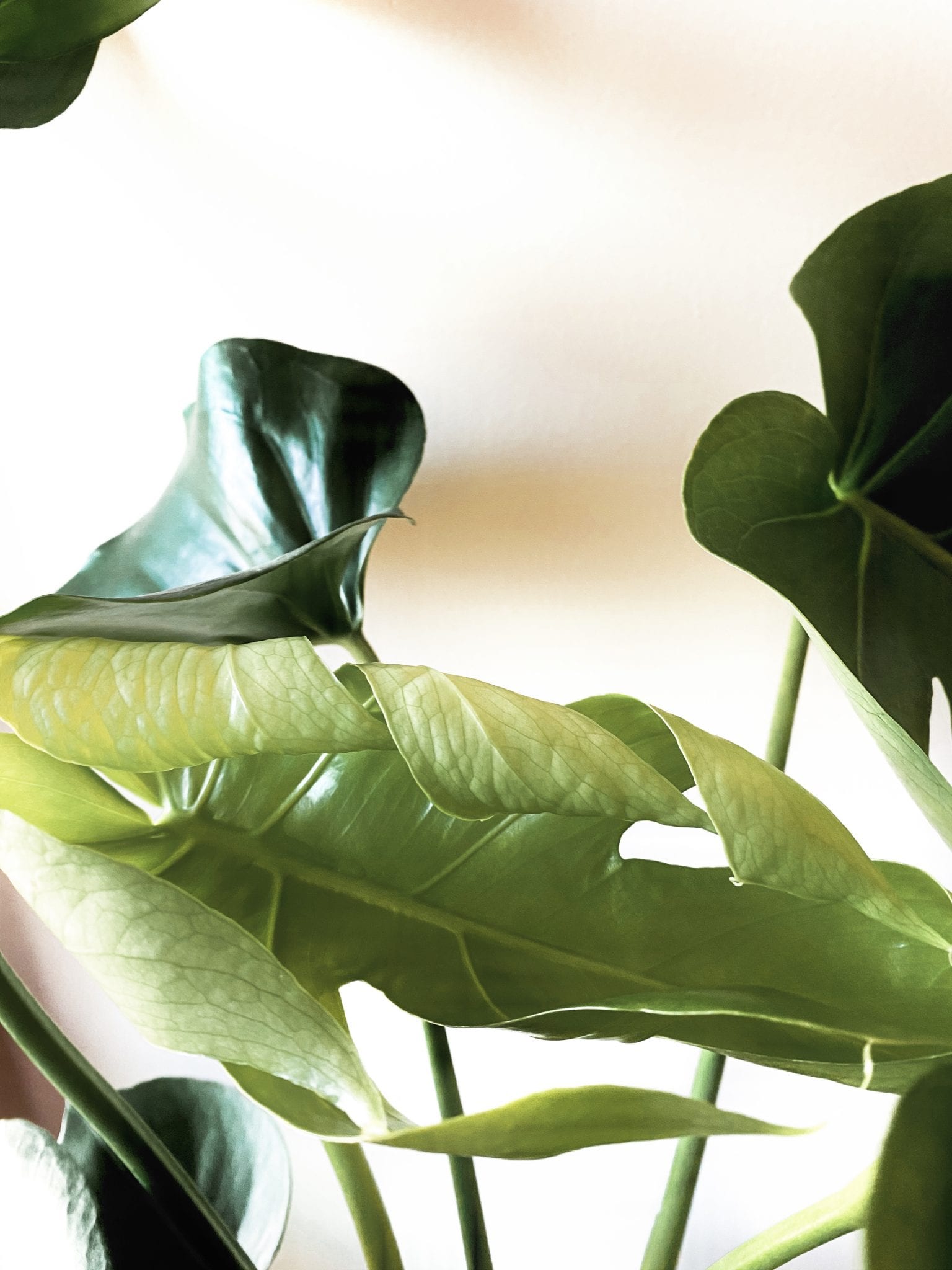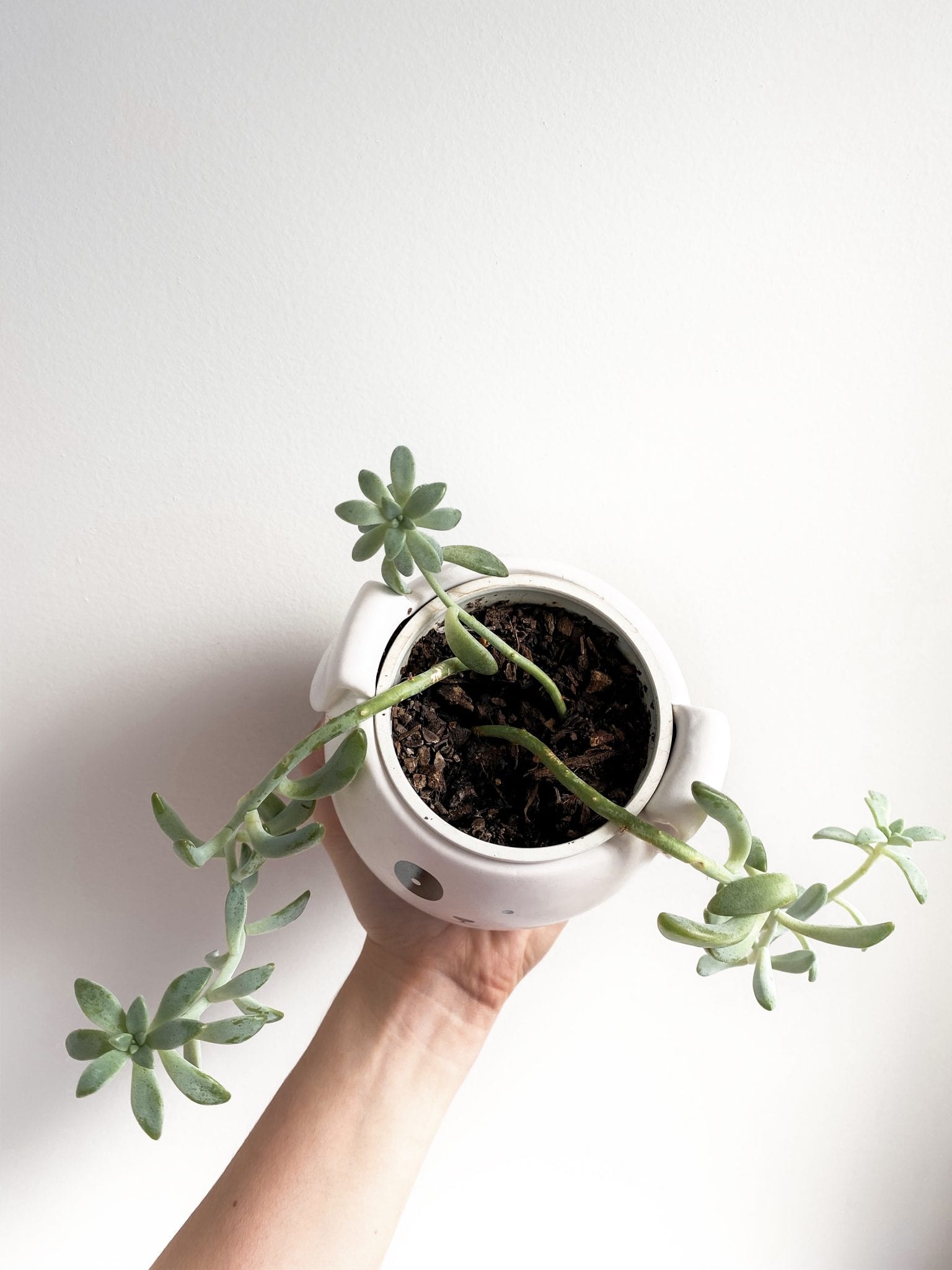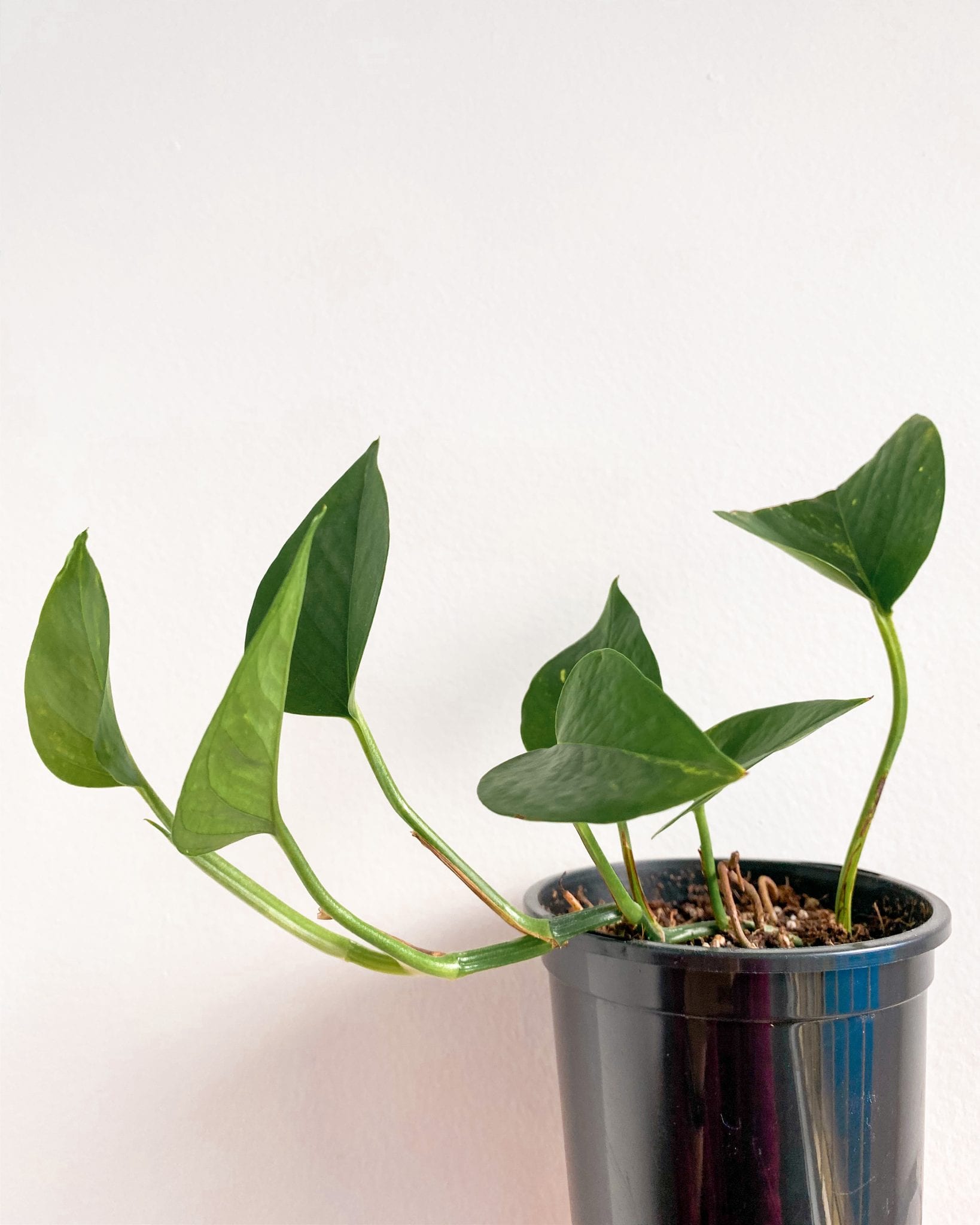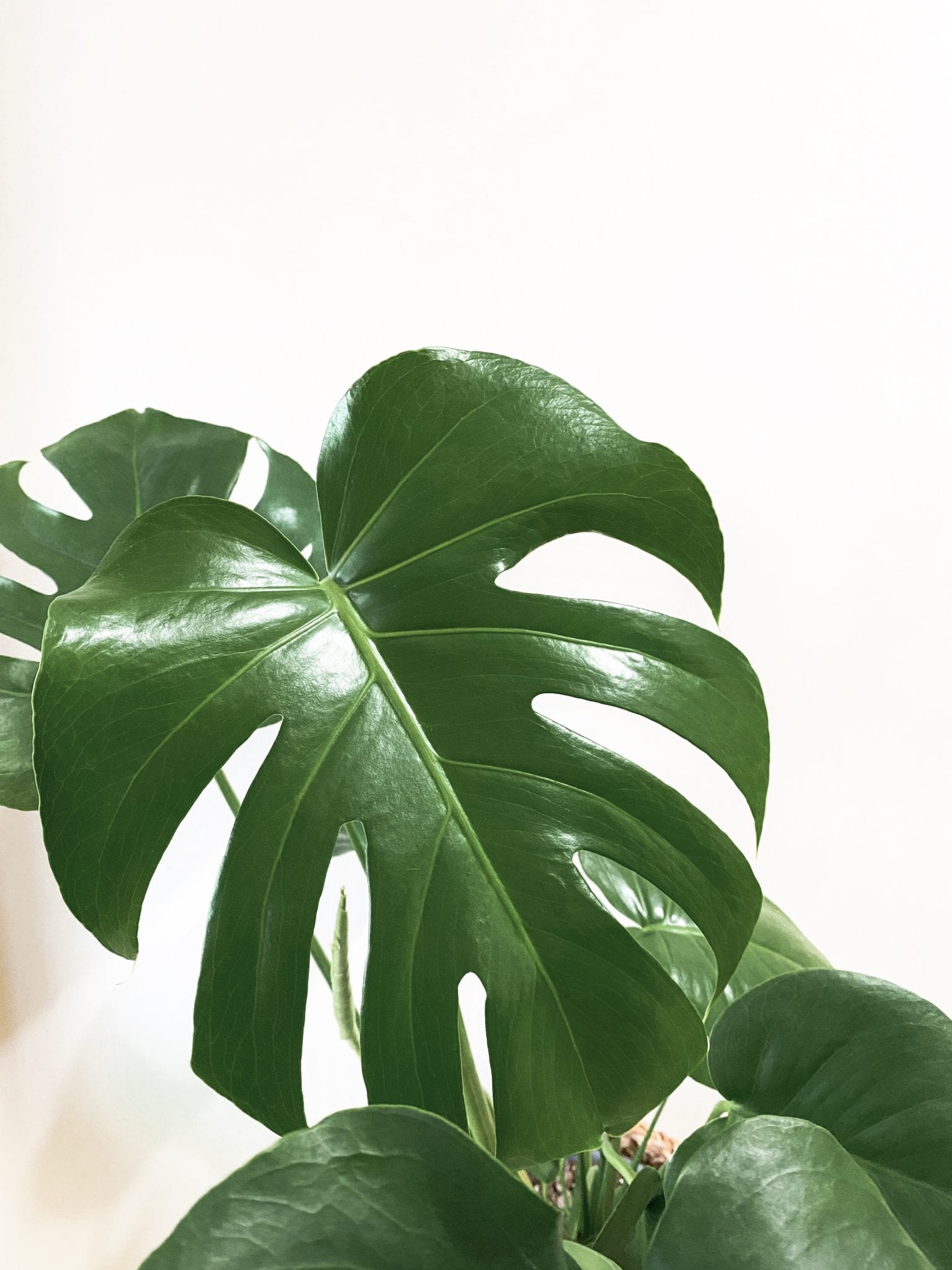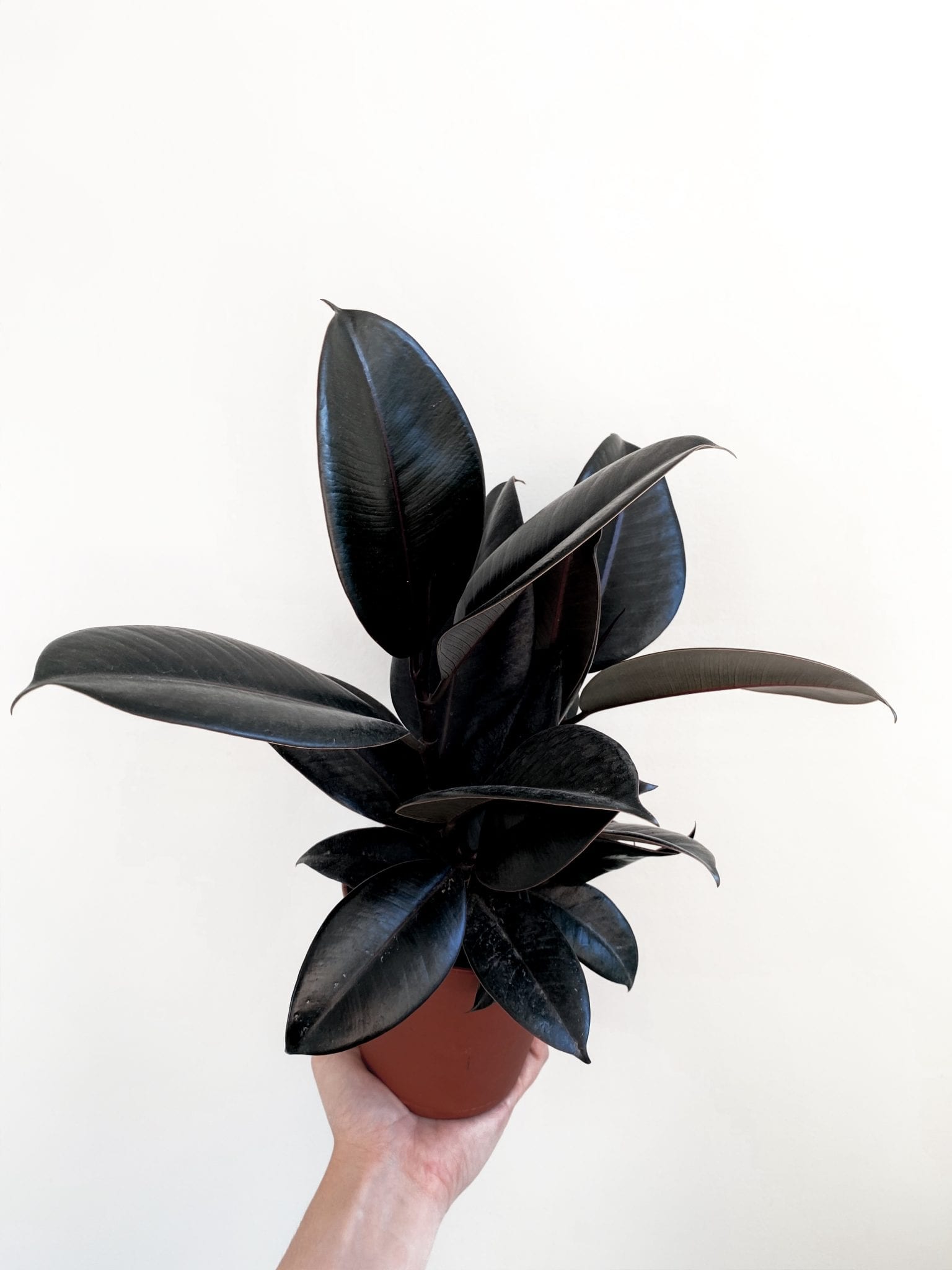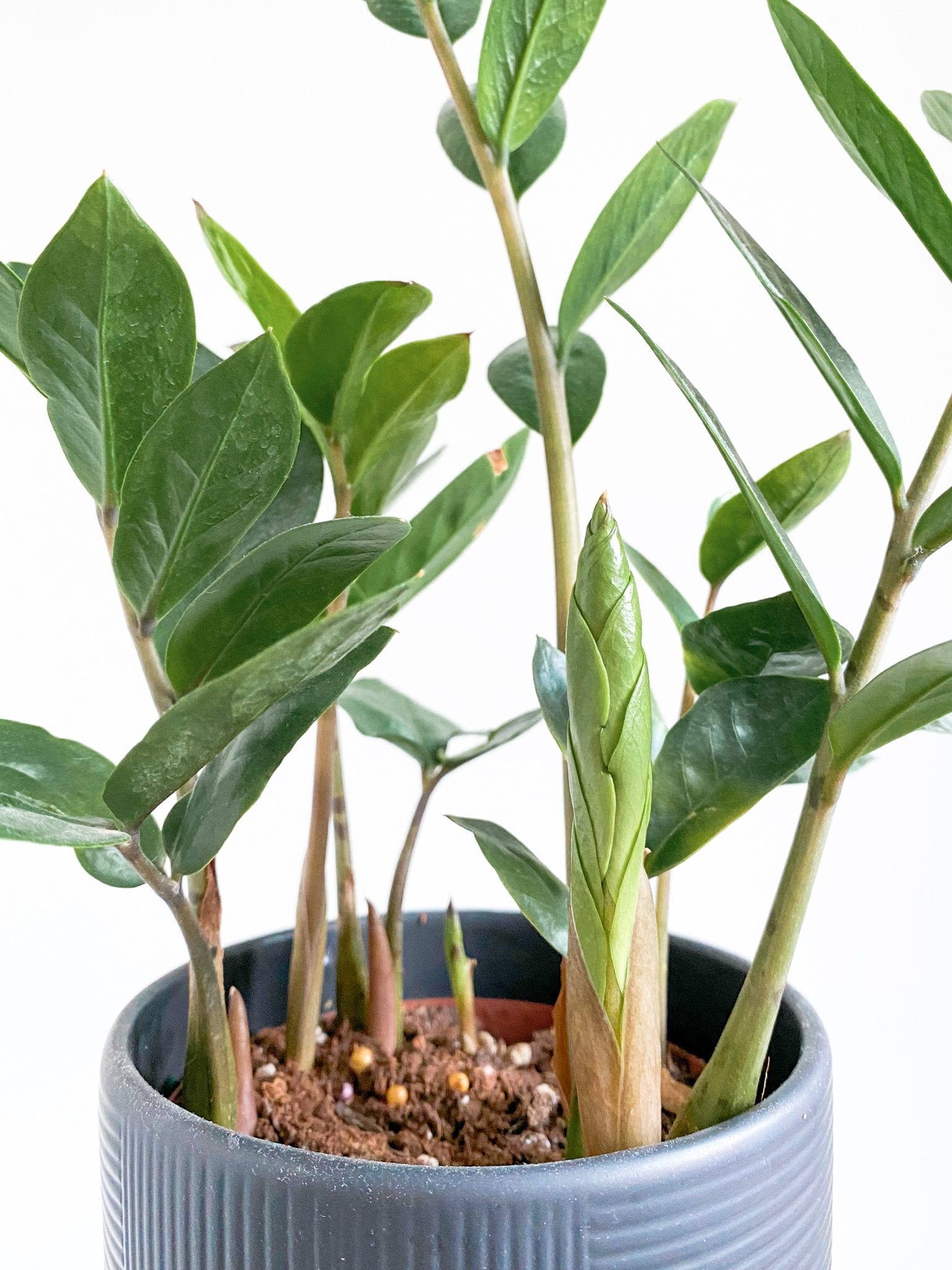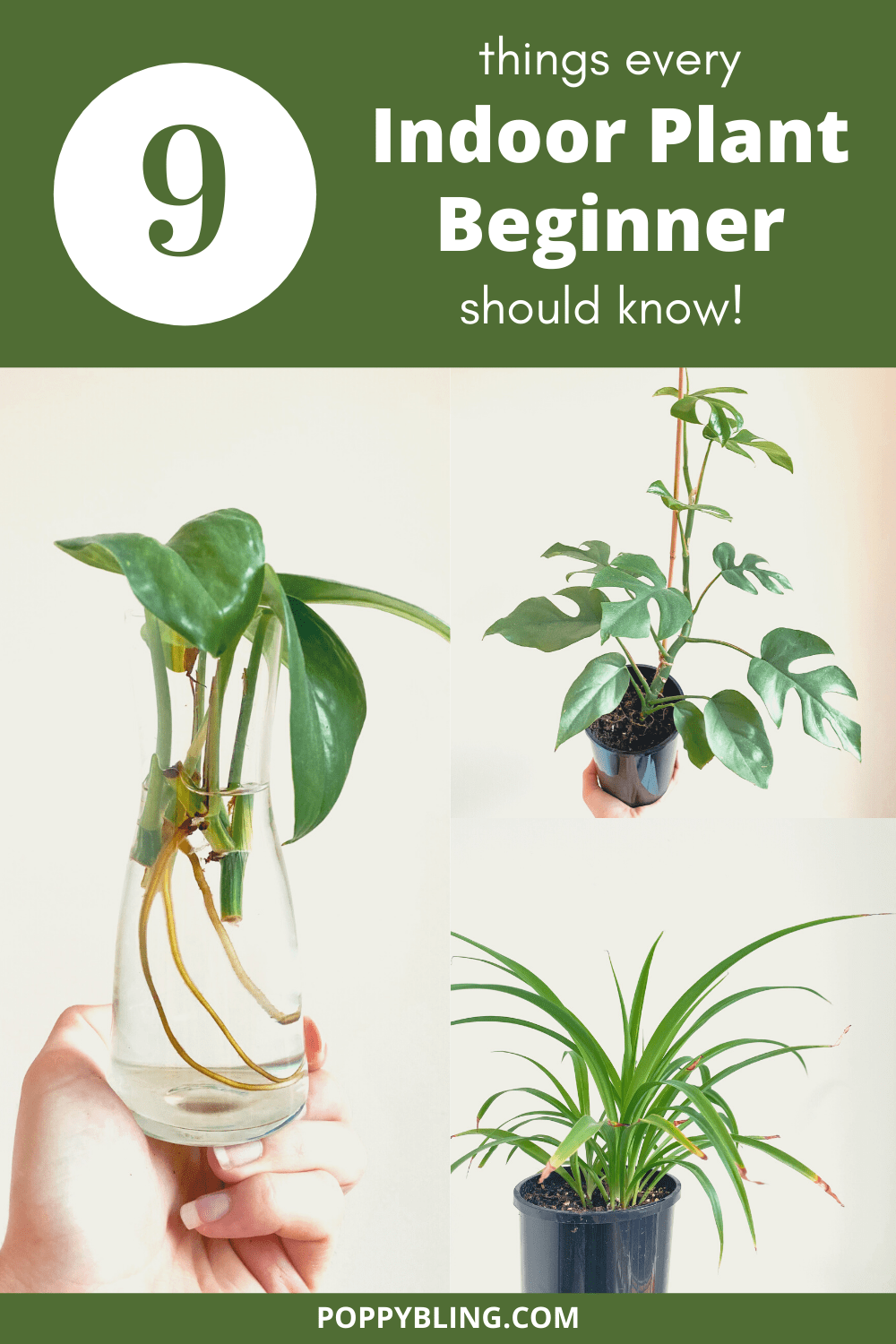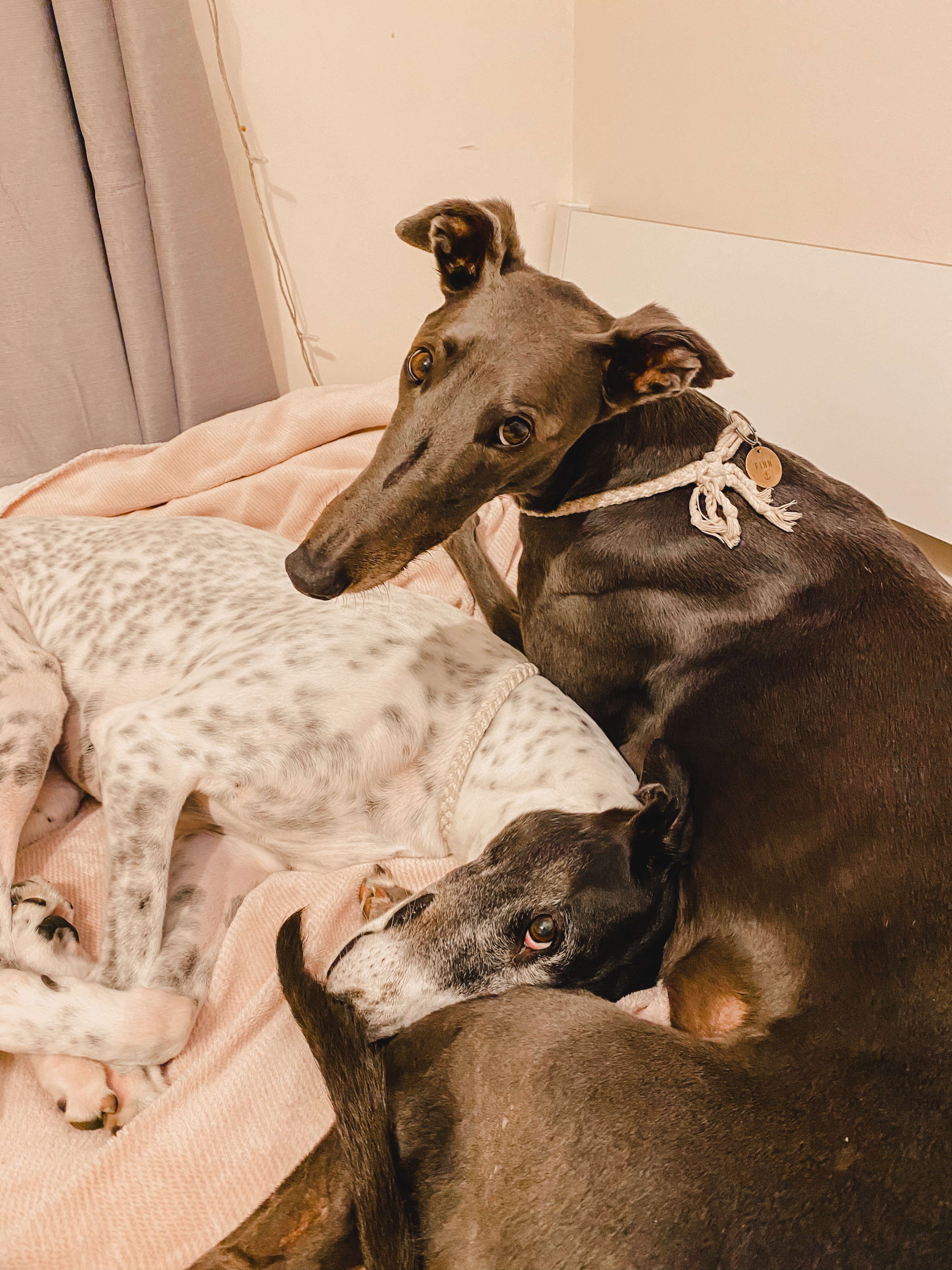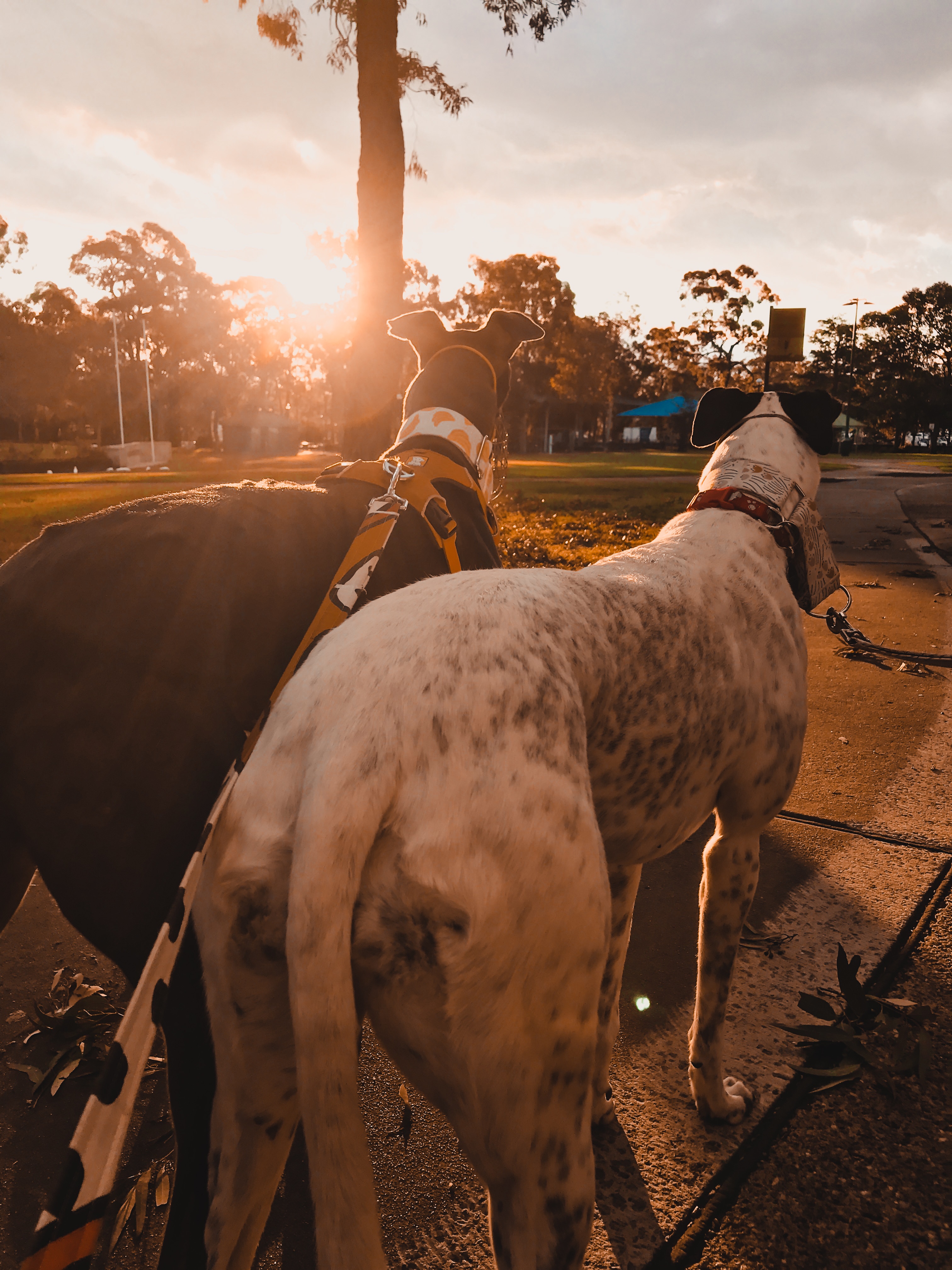Not sure why your indoor plants are looking a little bit sad? It might have something to do with the way you water them. Here’s some watering tips to get your houseplants thriving!
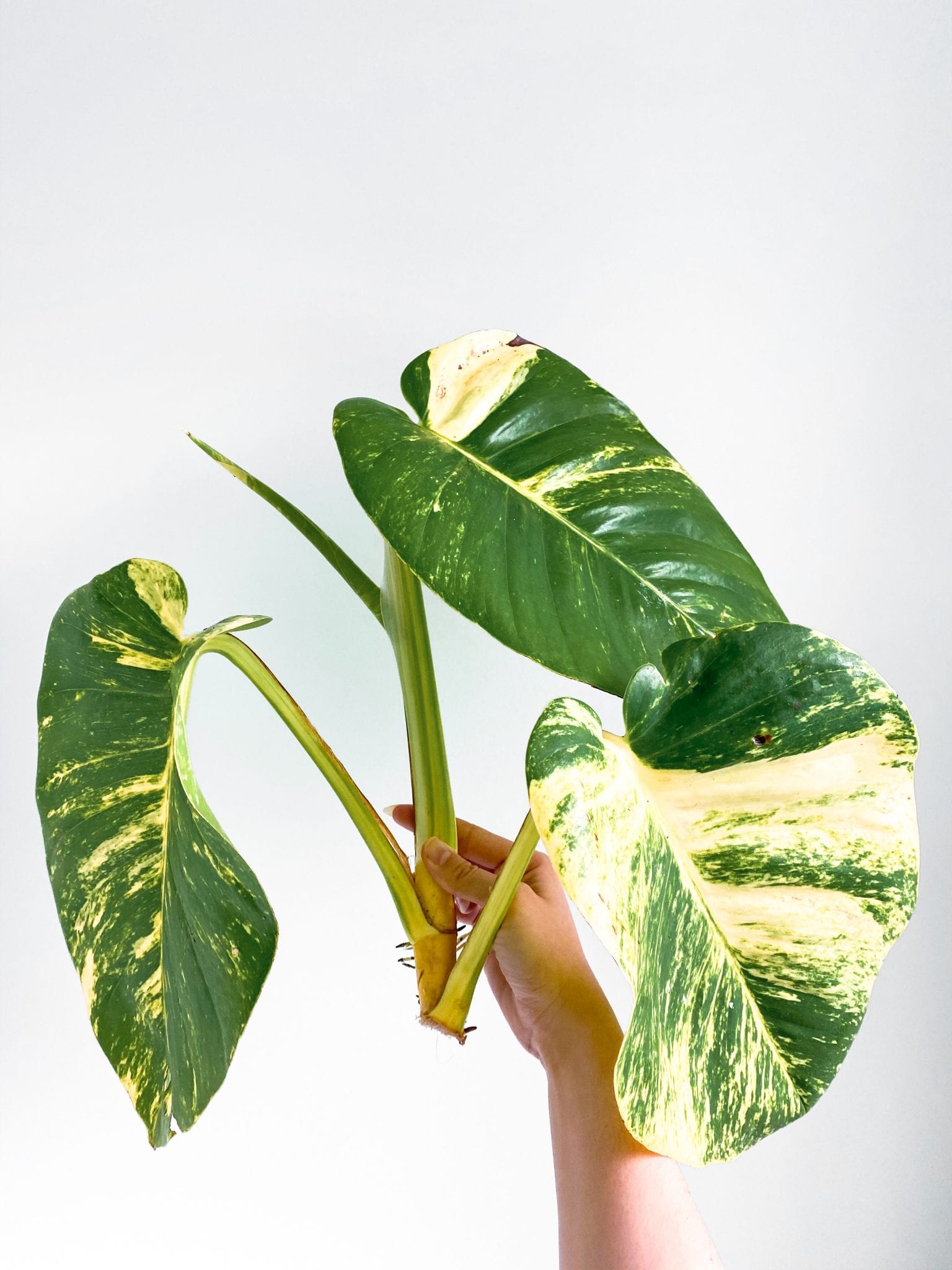
1. Don’t overwater your indoor plants:
I’ve said it before and I’ll day it again – soggy plants aren’t happy plants! Most house plants don’t need to be watered as often as we think. Even if the top layer of soil seems dry to touch, the bottom of the pot could still be full of moisture from the last watering.
Every plant species has different watering requirements, but as a general rule of thumb you’ll only need to water your indoor plants when the top few centimetres of soil are dry. The easiest way to check the soil with your fingers. If you’re not sure whether it’s time, err on the side of caution and hold back watering for a day or two.
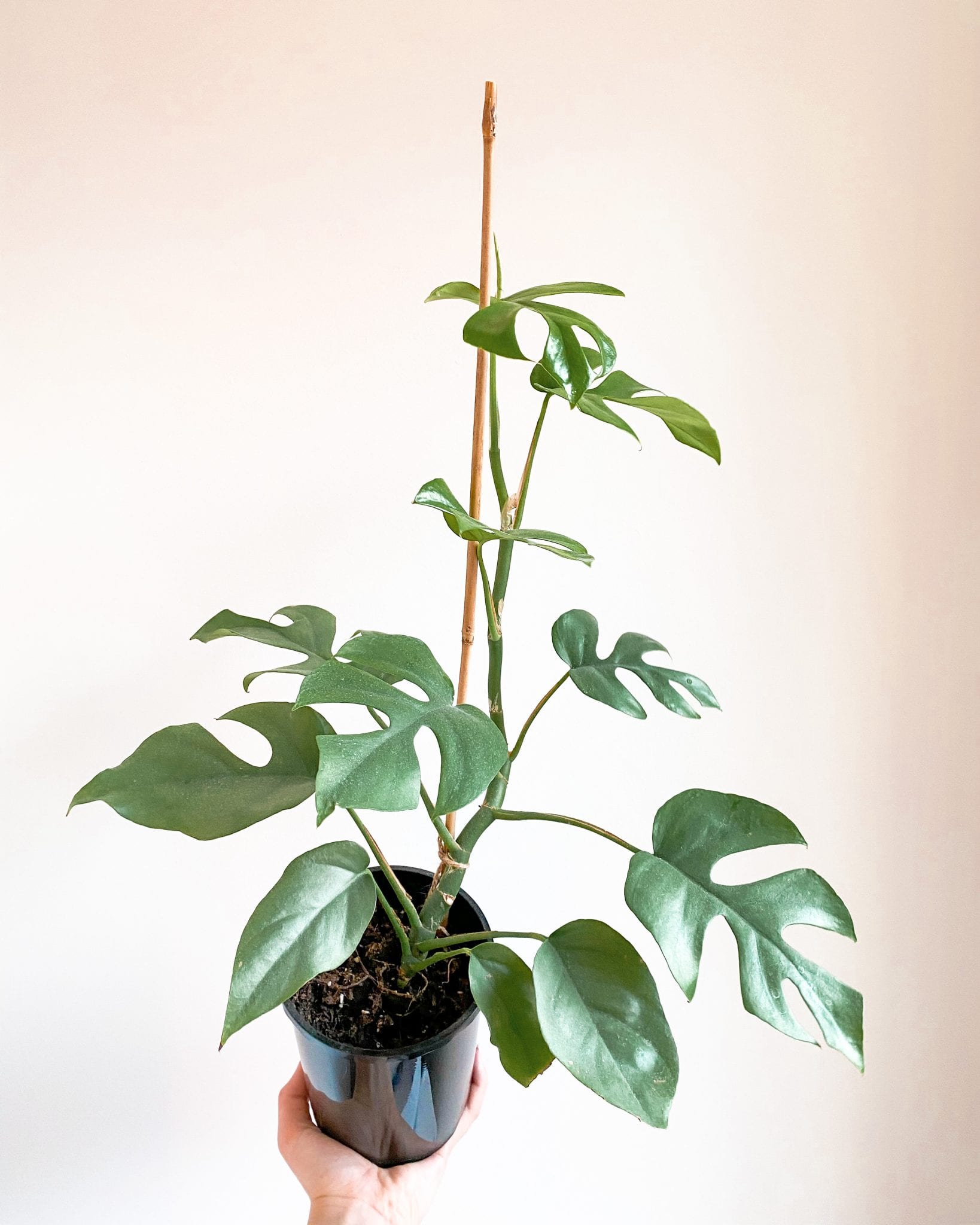
2. Get yourself a moisture meter:
Want to take the guesswork out of watering your indoor plants? A moisture meter will give you an accurate measurement, and will help you understand when it’s time to water your plants much better than a finger estimate!
You should be able to buy a basic moisture meter at any gardening centre. Stick your moisture meter into the soil – as close to base of the root ball as possible. After a few minutes, you should have an accurate reading of whether you soil is wet, moist or dry. This is also a great way to see if some of your plants retain more moisture than others.
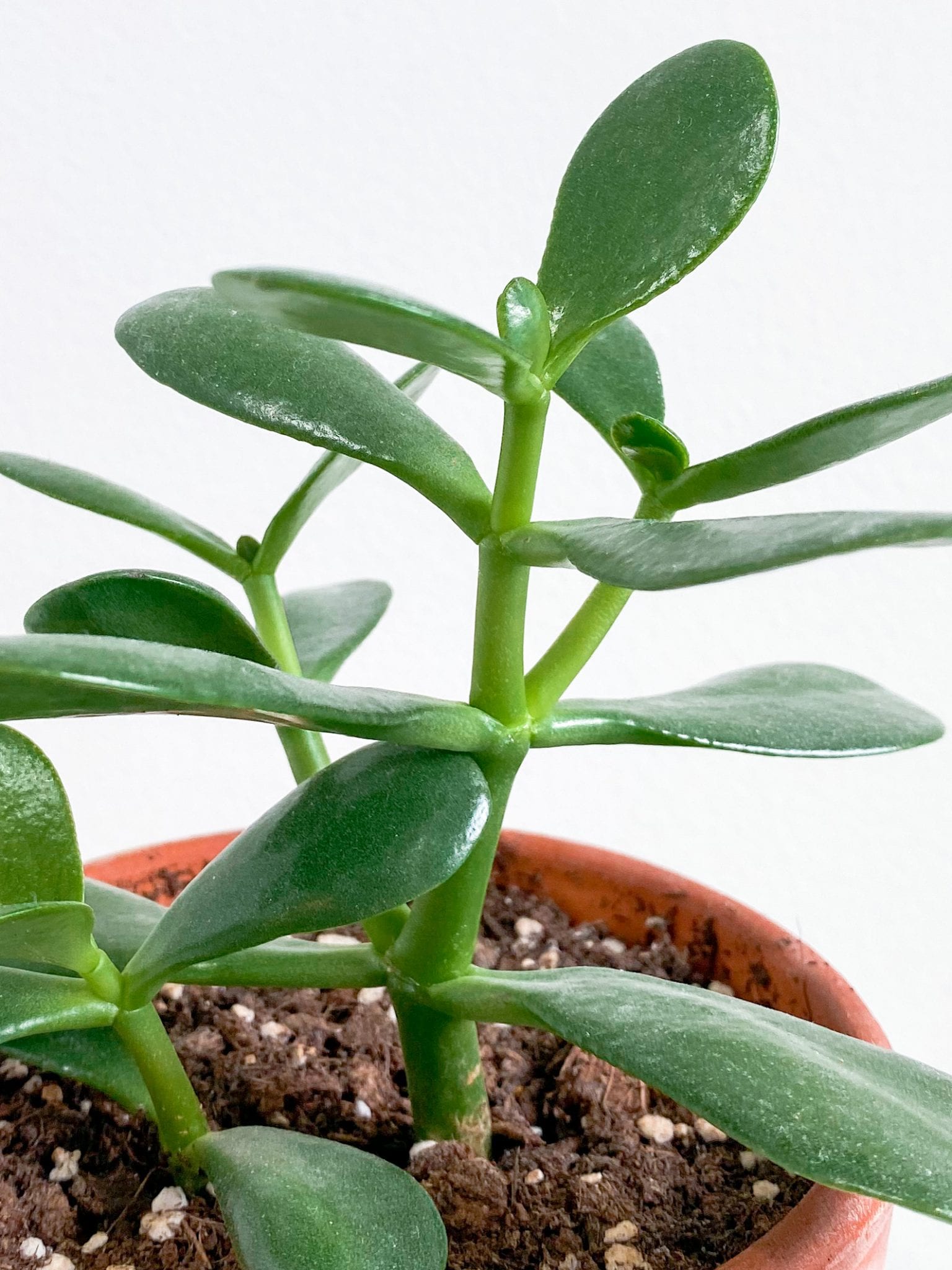
3. Water your indoor plants deeply:
Rather than giving your plants little sips, try giving them a deep water. Watering your plants deeply allows the soil and roots to be moistened evenly, whereas as little trickles don’t always reach all areas of their pot.
So how do you water deeply? Well, simply give your plant a good soaking until you start to see water running out the drainage holes. It’s best to water like this in the sink, shower or outside so you don’t leave puddles around your house. Plants that are watered deeply generally don’t need a shower as often, since moisture in the pot remains for longer – which is great for busy people.

4. Don’t let your indoor plants sit in water:
Unless you’ve got aquatic plants sitting in a fish tank, your houseplants won’t like living in a puddle of water. Leaving your plants to sit in water can lead to issues like root rot, mould and even mosquitos breeding in tropical areas.
For your small plants with saucers, wait a few minutes for the water to collect in the saucer before tipping it out. If you have giant plants that are difficult to move, pop a sponge in the side of the saucer to soak up the excess liquid. Don’t worry if you forget to empty the saucers for a few hours – your plants should be okay. Leaving the water for days however could start to cause problems!
The only exception to leaving houseplants sitting in water is when you’re ‘butt-chugging’! – more on that below!
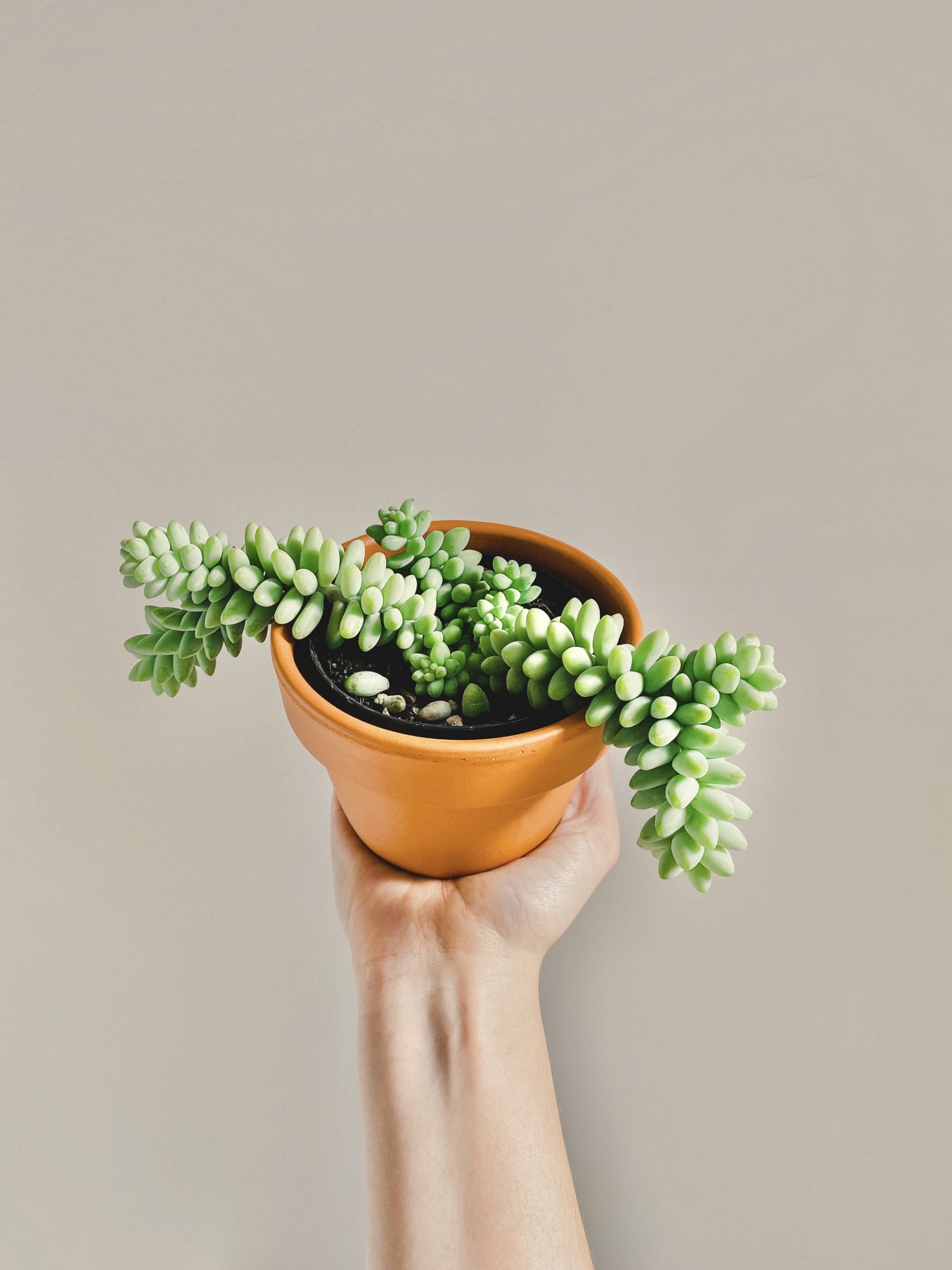
5. Give your houseplants a ‘butt-chug’:
‘Butt-chugging’, or bottom watering, is a method of watering where you let your indoor plants drink from below. It’s a great way to water if you haven’t got a watering can, or you’ve got plants that don’t like their leaves being splashed with water.
Fill a saucer or plastic container with water and let your plant sit directly in the water. The water will wick it’s way up through the drainage holes into the soil, and your plants will gradually suck up the water they need. Bottom watering generally works better for plants with strong root systems, so give it a try with these plants first. Some people in the gardening community solely water their plants this way, and swear by it!
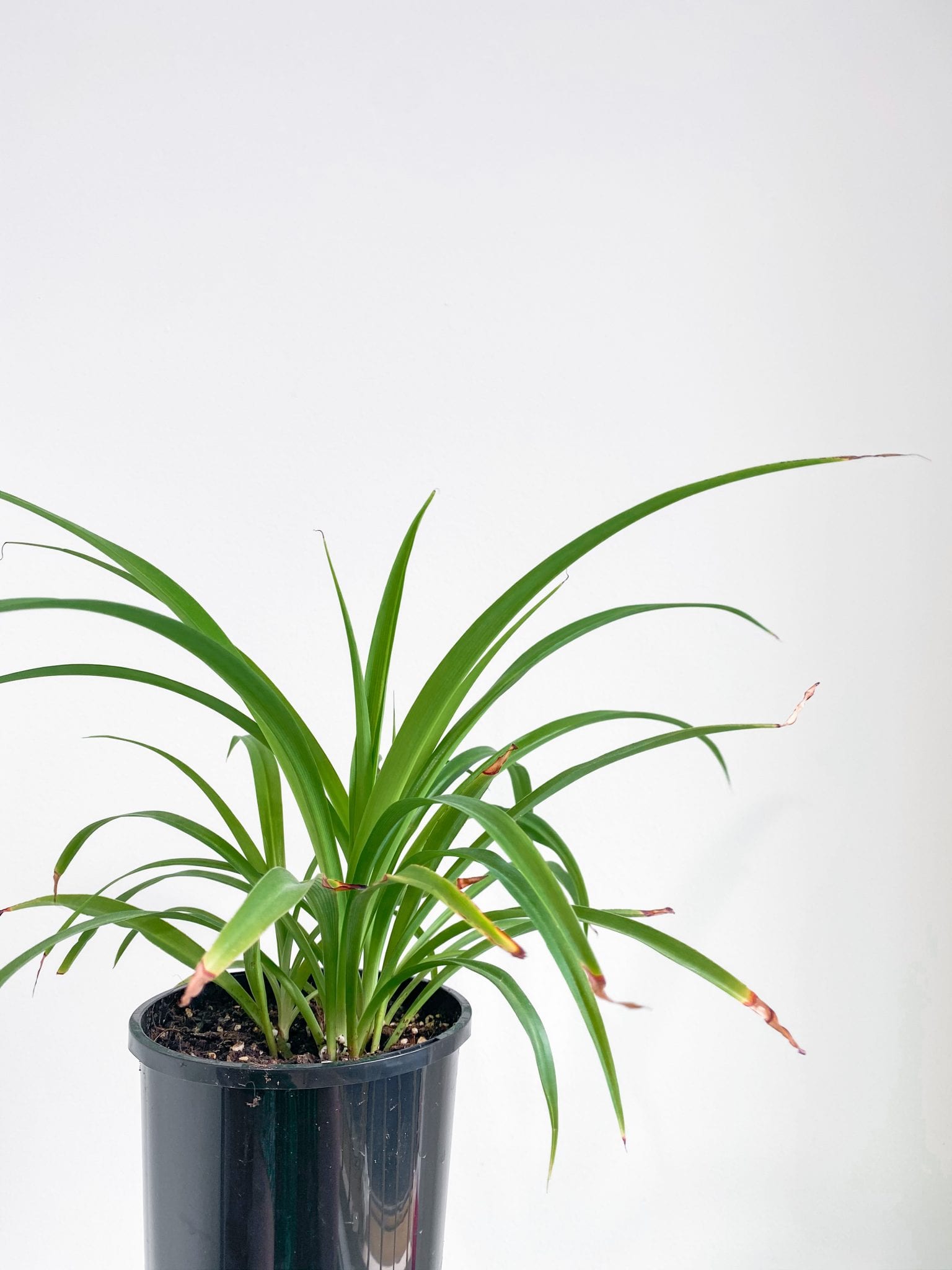
6. Tilt your pots:
Sometimes water can sit in the bottom of the pot when you give your plants a shower, even when there are lots of drainage holes.
If you suspect your pot is holding extra water, try tilting it on a 45 degree angle – if there’s excess liquid, it should drip out slowly. I tend to give all my plants a tilt after watering, just to be sure!
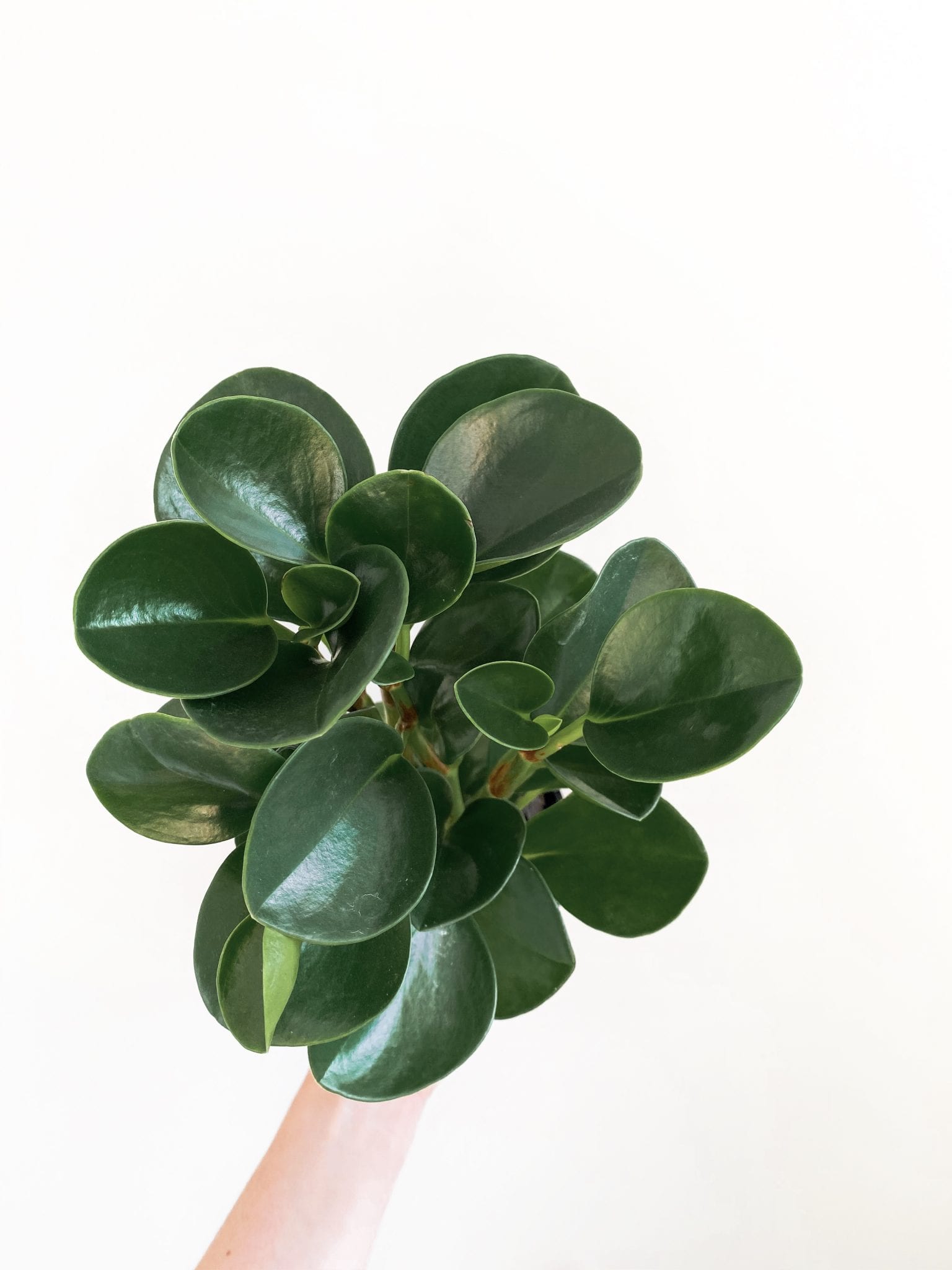
7. Dial back on watering to combat fungus gnats:
If you’ve got indoor plants with a fungus gnat problem, your watering habits can help make or break their breeding cycle.
Fungus gnats love laying their eggs in the top layer of moist soil. If you can keep your indoor plants dry, it discourages them from breeding. You can do this by watering only when it’s absolutely necessary, or try bottom watering to give your indoor plants a drink without overly moistening the top soil.

8. Use lukewarm water:
You wouldn’t particularly enjoy an icy bath, so why would your plants? Make sure the water you’re using is room temperature to avoid any unnecessary shocks to the system. This is especially important in winter, where tap water could be close to freezing depending on where you live!
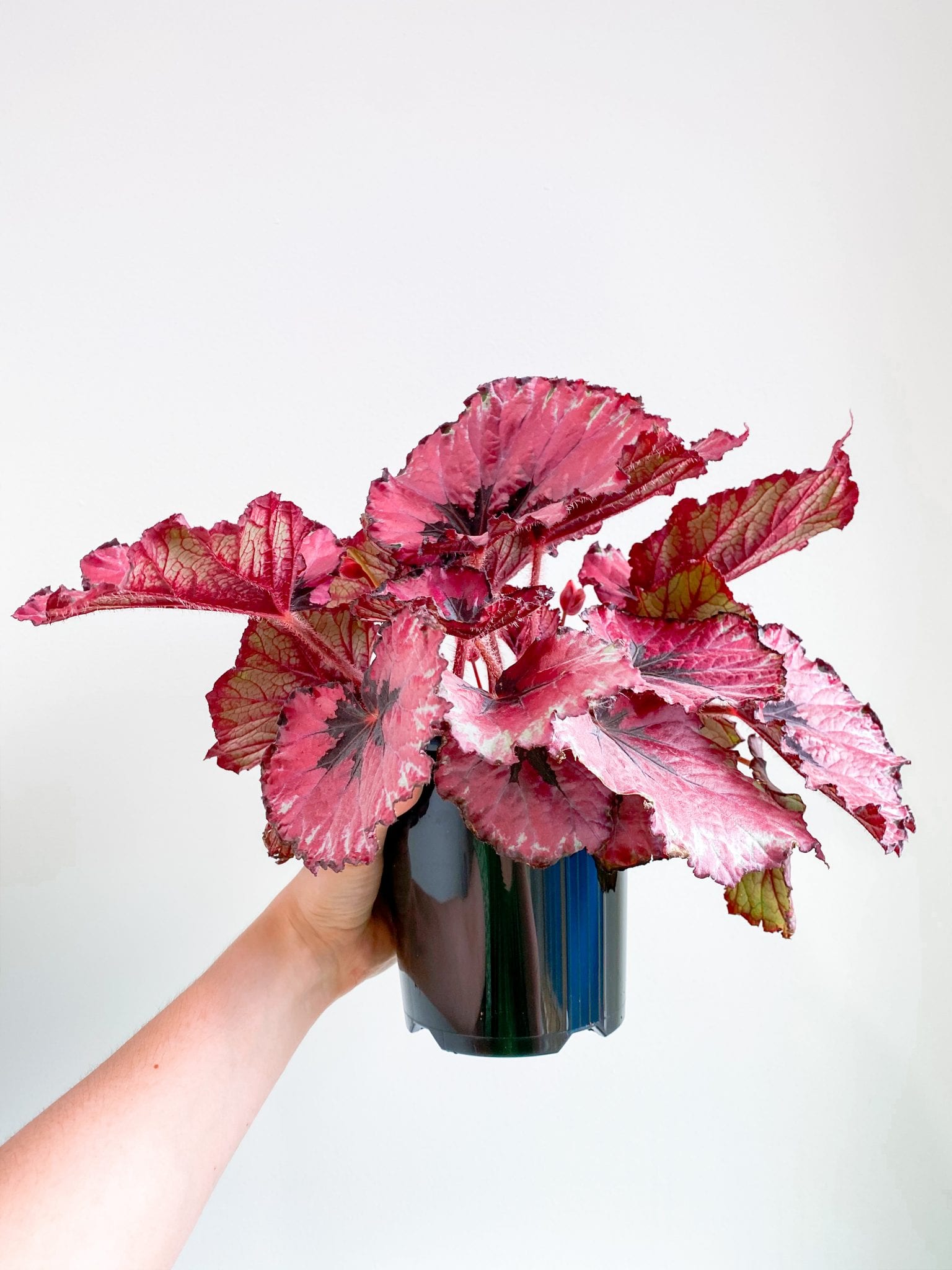
9. Know who to mist and who to miss:
Misting can be a great addition to general watering of your indoor plants. It helps increase humidity and keep leaves dust free, just like a sprinkle of rain would in the wild.
Certain plants like ferns love their leaves being misted, but be warned – not all of your houseplants will enjoy being spritzed. For some plants, especially those with furry leaves, misting can be detrimental and cause damage to the foliage, so do your research before getting trigger-happy with your spray bottle.
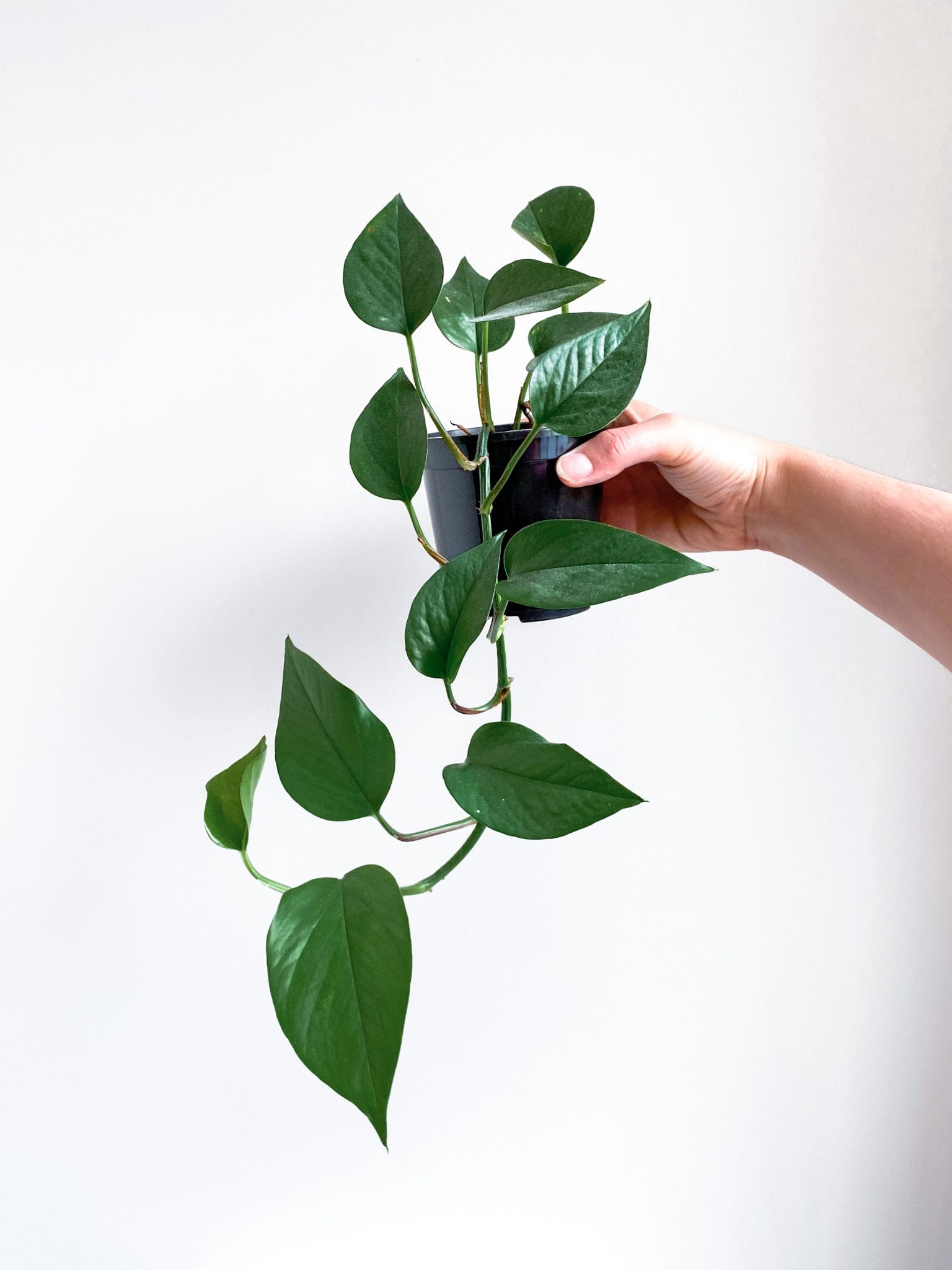
10. Give your indoor plants a shower:
For plants that don’t mind a splash of water, try giving them a shower next time they’re thirsty.
Houseplants which originate from humid tropical regions will especially enjoy a shower every once in a while. Water falling from a shower-head mimics natural rainfall your plants would experience in the wild. Just make sure you don’t go into autopilot and blast the hot water like you would for your own shower!
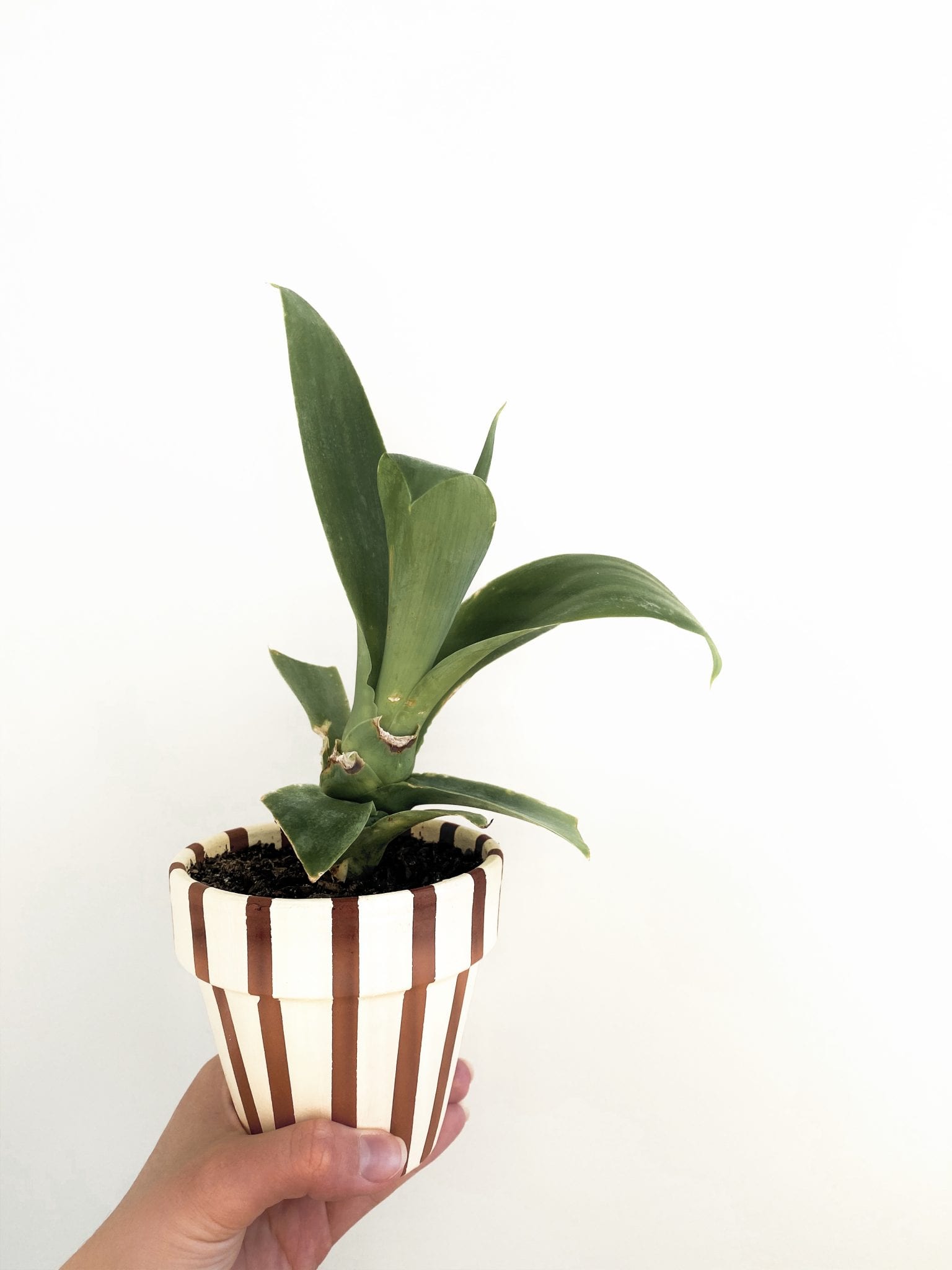
Keep these tips in mind next time your plants need a drink. Even if you’ve had watering problems in the past, keep trying until you get it right – your plants will thank you!
Poppy xoxo
If you’re new to houseplants, take a look at this post I’ve written on 9 things every indoor plant beginner should know.
